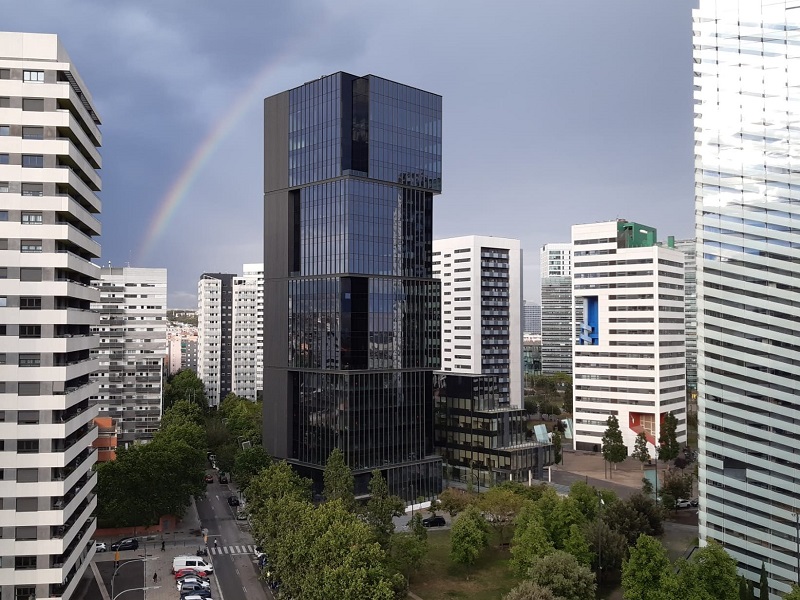"So called sustainable infrastructures should have cutting-edge technologies and be supported by renewable energies," explains Domingo Jiménez, Director of European Operations at Sacyr Concesiones.
In Domingo’s opinion, they should also include the principles of the circular economy and nature-based solutions. The goal is to meet our needs and improve the environment at the same time.
"At Sacyr, we are constantly adapting to create infrastructures that meet these criteria," explains Domingo Jiménez. "25 years ago, we pioneered this in the construction of the Gran Canaria Airport, where we recycled all the demolition material of the aircraft parking platform. It was an innovative and ecological solution," Jiménez adds. He stresses: "It is not true that the most sustainable solution is more expensive than the traditional alternative."
Domingo Jiménez summarizes the keys to this vision in four points:
1) Energy-efficient designs: They incorporate smart building designs and are energy-efficient, as they use renewable energy sources such as solar, wind, or geothermal. They will be equipped with energy management systems that optimize consumption and reduce greenhouse gas emissions. A current example of this is our Geobatt project at the Moncloa Transport Hub in Madrid.
2) Circular economy: A circular economy approach is needed where materials are reused and recycled to minimize waste. This also involves designing with future dismantling or demolition in mind at the end of its useful life, using sustainable materials and implementing comprehensive recycling programs. In Catalonia we have two pioneering works in the implementation of these measures: the office tower at Plaza Europa 34, in Hospitalet de Llobregat (Barcelona) and a development of 95 multi-family homes in Viladecans (Barcelona).
3) Climate resilience: We need to develop infrastructure that is resilient to the impacts of climate change. This includes building flood defenses, using permeable materials to manage stormwater, and incorporating green spaces to mitigate the effects of urban heat concentration islands. In addition, CO2 emissions will be increasingly taken into account both during the construction and operation processes. An example could be Velindre Cancer Centre, one of the most important hospital projects in the United Kingdom, with measures such as a strict control of the carbon footprint of the materials used in construction and the incorporation of a vegetation layer used as a refuge for dormice on a nearby plot, saving transport costs to the landfill, reducing the carbon footprint and creating a habitat for these and other animals in the environment.
4) Smart infrastructures: Use IoT and AI to create smart infrastructures that can self-monitor, deliver real-time data, and adapt to environmental changes. Smart infrastructure will improve efficiency, safety, and sustainability. An example could be our project with Detektia, through which geotechnical behavior is anticipated to make a non-invasive monitoring of slopes and terrain thanks to InSAR satellite radar technology, rainfall and more than 30 terrain variables.
